- Home
- About Us
- SYM
- Salesian Family
- Contact Us
- Resources
- Shop
- Useful Links
- SFA 25
We, the Salesians of Don Bosco [officially known as The Society of St. Francis de Sales], are an international organisation of Catholic priests and brothers dedicated to the service of the young, especially the disadvantaged and marginalised.
We were founded in the mid-1800s by St John Bosco, an Italian priest and educator.'Don' is the Italian equivalent of ‘Father’; therefore Don Bosco translates to Father Bosco. The organisation he founded were called ‘Salesians’ because the patron saint of the organisation was St. Francis de Sales, the bishop of Geneva in the 16th and 17th centuries who was famous for his kindness and humanity.
We work in collaboration with our partners in schools, youth centres, hostels, camps, parishes and other contexts to bring the good news of Jesus Christ to the lives of the young. We accompany the young on the journey of life so as to enable them to grow and mature as “good Christians and honest citizens”.


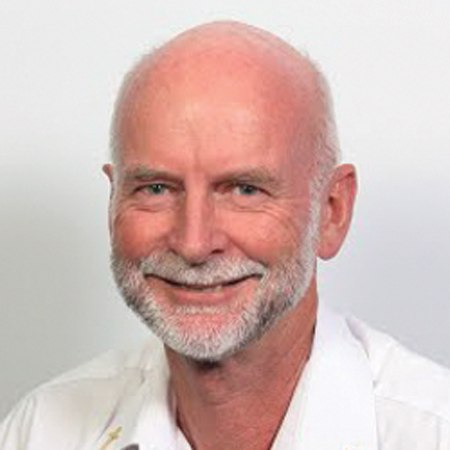
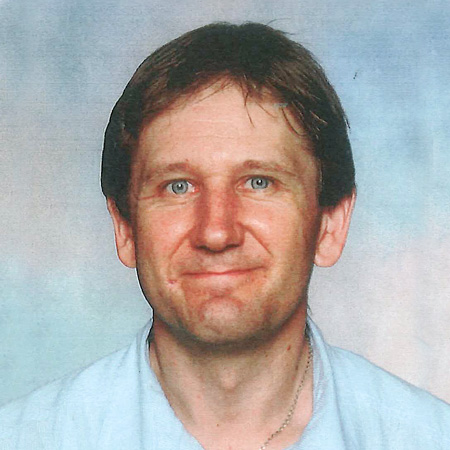
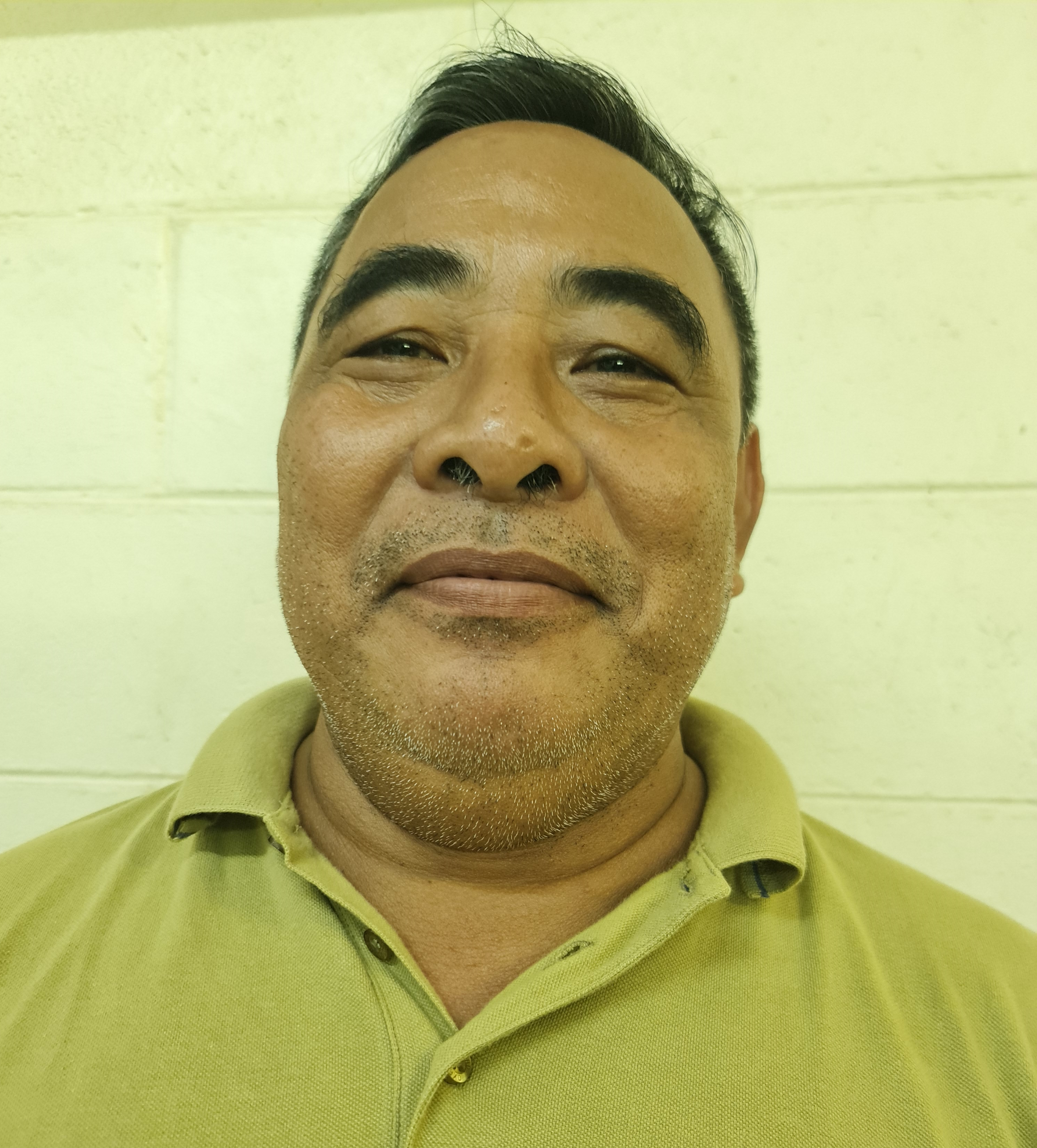
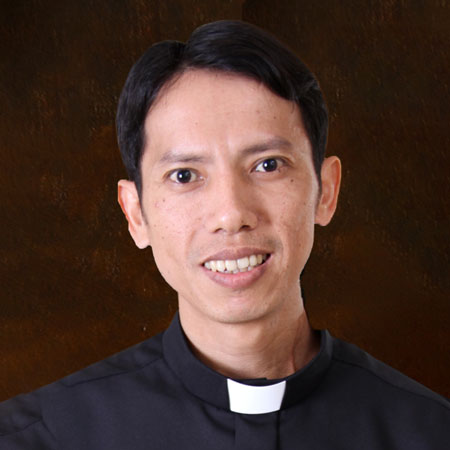
The Australia-Pacific Province of the Salesians of Don Bosco encompasses Australia, Samoa, Fiji and New Zealand. Our works in the province are many and varied but always have a preference for the empowerment of young people according to the teachings of Don Bosco. A breakdown of where we are can be found here.
The secret to the success of Don Bosco the educator was his intense spirituality, an inner energy which made of the love of God and neighbour an inseparable unity for him. This is a fundamental element of Salesian pastoral action and is based on the Gospel.
The Holy Spirit is alive and well in the young, especially in those who are most in need and we do whatever we can to help them discover the workings of the Holy Spirit in their lives.
Everyday life is where we come into contact with God.
Joy is how we give the greatest glory to God and to each other.
Friendship is how we make God real to each other.
A personal relationship with Jesus, through prayer, the Eucharist and the Word of God is what enables us to grow in the love of God.
The Church is a place where we all grow in love of each other and God.
The experience of reaching out to and caring for others is the best way to bring God’s love to the world.
Mary is our guide, model and helper in how to respond to God’s love.
Whatever brings people together to worship God and serve each other is what Jesus wants the most from us.
For more information on what makes a Salesian tick, view our Vocations page
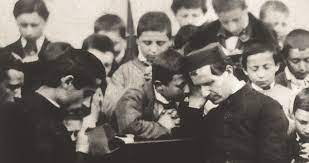
We practice Don Bosco’s ‘Preventive System’ of “reason, religion and loving-kindness” and strive to create environments characterised by:
It is called ‘preventive’ because Don Bosco believed that such an approach would always bring out the best in people and so ‘prevent’ them from developing in a dysfunctional way.
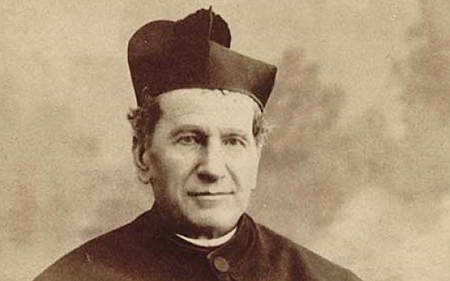
Don Bosco began his work with “the poor and abandoned” young people of Turin in 1841, while he was undertaking post-ordination studies. Don Bosco would gather them for recreation, religious instruction, Mass and prayer. He eventually acquired a permanent place in the suburb of Valdocco and named it the Oratory of St Francis de Sales.
The oratory developed over a period of time to include a youth centre, school, workshops for various trades and boarding facilities. Twenty years after its establishment, the Oratory was a very large and successful establishment with 600 boarders, a few hundred day boys, and even greater numbers on Sundays and holy days. Part of Don Bosco’s genius was that even in the midst of increasing institutionalisation, he was able to maintain the sense of familiarity, confidence and trust with the students and empower his ever increasing number of co-workers to relate to others in a similar fashion.
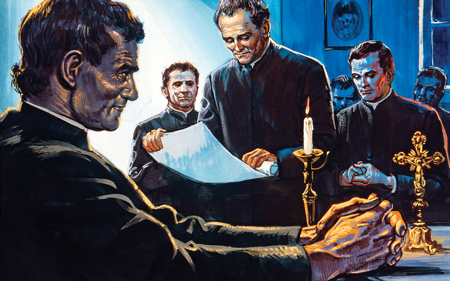
Don Bosco cultivated the leadership abilities of his older boys and was joined by many collaborators. He gradually formed his followers into a unified group and trained them in his pastoral and educative spirit. On the evening of January 26, 1854, a small group of “Salesians” gathered for the first time and a little over a year later made private vows to Don Bosco. His plans received the blessing of Pope Pius IX, but it took him more than 15 years to gain final approval from the Vatican for the Constitutions of the Society of St Francis de Sales.
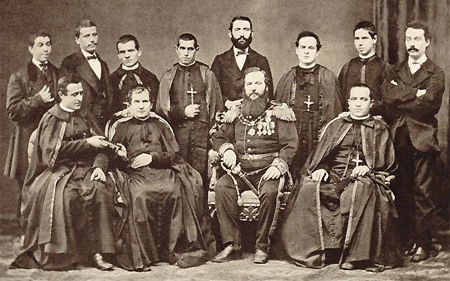
The work of the Salesians expanded quickly, first in Italy and then beyond. By the time Don Bosco died in 1888 there were 773 Salesians, eleven missionary expeditions had been commissioned, there were almost 150 Salesian missionaries in South America, and the work of the Salesians had already expanded to France (1875), Argentina (1875), Uruguay (1876), Spain (1881), Brazil (1882), Austria (1887) and England (1887).
Expansion in Europe and South America continued after Don Bosco’s death under the leadership of Fr Michael Rua. World War 1 (1914 – 18) severely disrupted the growth and operation of the Salesians, especially in Europe. The vitality of the Salesians was revived after the war and many new and difficult mission territories were accepted in Central Africa, Brazil, China, Paraguay and Assam. Works were also established in new countries including Hungary, Germany and Cuba.
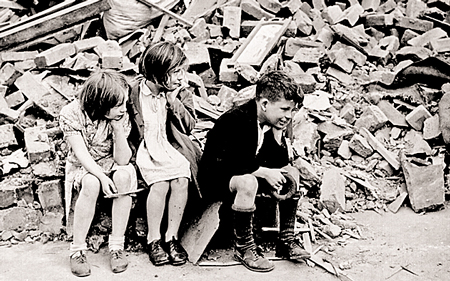
World War II was as disastrous for the Salesians as it was for the whole world, with many priests and brothers killed in hostilities or falling victim to the violent persecution of the Nazi regime. Many works were closed or destroyed. Even the Oratory in Turin was damaged.
After World War II, the Communist persecution of the Church brought immense suffering to the Salesians of Central and Eastern Europe. Many works were closed. Large numbers of Salesians were deported, executed or imprisoned.
Such religious persecution was not an entirely new experience for the Salesians. They had already suffered persecution in Ecuador, France, Portugal and Spain. In 1930, Bishop Louis Versiglia and Fr Callisto Caravario were martyred in China; both were canonised saints by Pope John Paul II in 2000. Further persecutions occurred in China and Vietnam.
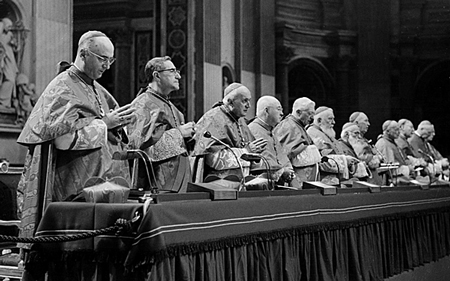
Despite the trials and sufferings of war and persecution, the Salesians re-organised and expanded after World War II. In 1950 there were close to 15,000 Salesians working in more than 1,000 houses. By 1965 there were in excess of 20,000 Salesians throughout the world.
The renewal of the life of the Church initiated by the Second Vatican Council had a deep impact upon the Salesian congregation. Like all religious institutes the Salesians were encouraged to return to the spirit of their founder, and to re-interpret that spirit in the light of the contemporary situation.
This process of renewal led to a greater emphasis upon understanding the person and spirit of Don Bosco, a re-focusing of efforts to work with young people who are poor, disadvantaged or marginalised, a highlighting of the uniqueness of the “Preventive System”, the typically Salesian way of working with the young, and a renewal of the Salesians’ missionary spirit.
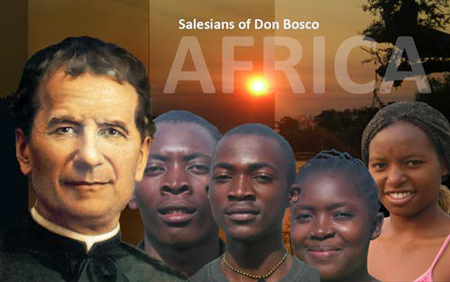
In 1988, on the 100th anniversary of the death of Don Bosco, the Salesians officially launched ‘Project Africa’, which aimed to increase the Salesian presence and work in Africa. By 2005, there were 1,145 Salesians in 171 houses in 42 countries.
The collapse of communism in Central and Eastern Europe enabled a renewal of Salesian activity throughout the former communist nations. In 1990, the informal works that had continued in countries in the former Soviet Union was once again made official. This had led to an expansion of works in countries including Belorussia, Georgia, Russia and Ukraine. The Salesians returned to Albania in 1992 and opened new works in Bulgaria (1994) and Bosnia-Herzegovina (1995).
Missionary efforts have also intensified in Asia and Oceania. Since 1980 the Salesians have opened works in Papua New Guinea (1981), Samoa (1981), Indonesia (1985), Cambodia (1994), Solomon Islands (1995), Nepal (1995), Fiji (1998), Pakistan (1999), Mongolia (2001) and Kuwait (2001)
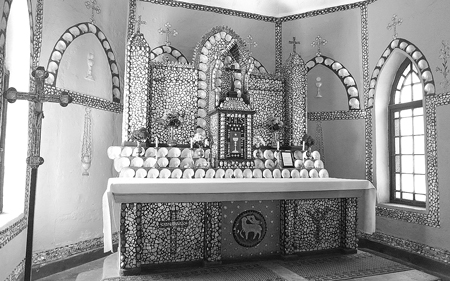
A group of Salesians was sent to the Kimberley region of Western Australia in 1922 at the express request of the Congregation of Propaganda Fide (the Vatican body responsible at the time for organising the Church’s missionary work). Propaganda Fide saw this as an important missionary expedition and so made the leader of the band a bishop – Bishop Ernest Coppo. The remainder of the party was made up of four priests and three brothers.
These first Salesians, full of enthusiasm and faith, arrived in Broome to begin their mission only to find in horror that the Pallotine Fathers had been working there in very difficult circumstances since 1901. There was several years of embarrassment and stagnation by both the Salesians and the Pallotines until the confusion was resolved by Propaganda Fide.
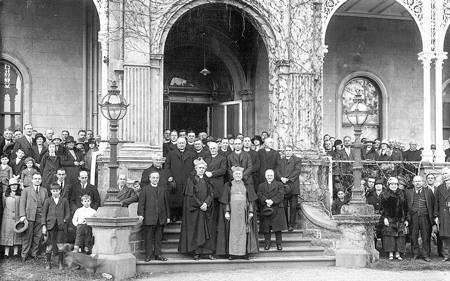
Even though the Salesians left the Kimberley region and moved to the Archdiocese of Melbourne in 1927, things did not go smoothly for the first few years. Bishop Coppo returned to Italy and semi-retirement. He was replaced by Fr Emmanuel Mannassero who had been Provincial of the Western Province of the United States. It was he who made the ambitious purchase of the stately mansion and property of “Rupertswood” Sunbury, Victoria. This was an enormous financial burden which hung around the Australian Salesians’ neck for many years – years which included the “Great Depression” of the early 1930s.
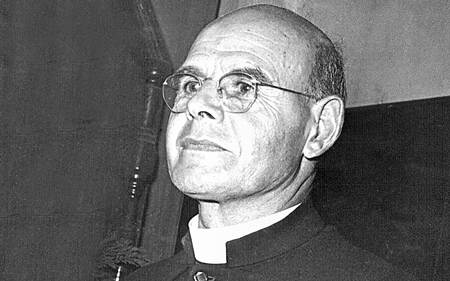
Fr Joseph Ciantar arrived in Australia in November 1938. Originally from Malta, Fr Ciantar was an energetic extrovert, whose charm enabled him to be an expert fundraiser. He paid off the enormous “Rupertswood” debt, and established new works in Brunswick (Vic), Brooklyn Park (SA), Glenorchy (Tas), Oakleigh (Vic) and Engadine (NSW). His charism attracted young men to the Salesian vocation and he had a Novitiate established on the “Rupertswood” property in 1941 with four novices.
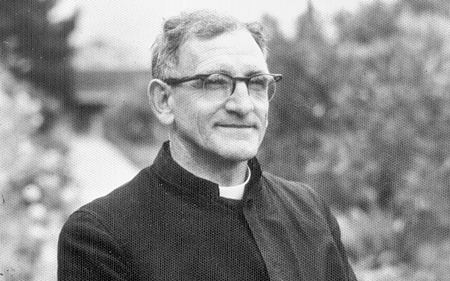
The expanding Salesian presence in Australia had been considered part of the Californian Province of the United States. In 1958, the Salesian General Council arrived at the decision that the Salesian presence in Australia was sufficiently mature and self-supporting that it established Australia as a separate province under the title of Mary Help of Christians, with Fr B. M. Fedrigotti as the first Provincial.
In the years that followed there was a growth in the number of Salesians and the nature and scope of the works in which they were involved. New schools were established by or entrusted to the care of the Salesians in Bairnsdale, Chadstone, Engadine, Ferntree Gully, and Gawler.
The Salesians took on responsibility for parishes including Clifton Hill, Brooklyn Park, Brunswick North, Engadine, Gawler, Glenorchy, St Marys, and Victoria Park. A number of Australian Salesians volunteered to work in missions in countries such as India, South Sudan, Guatemala and Ecuador.
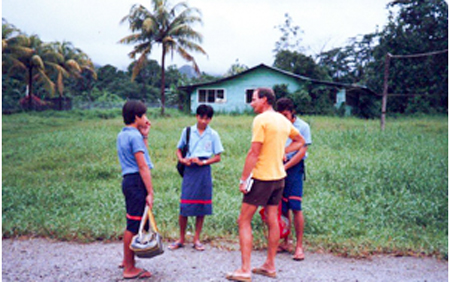
Another attempt to respond to changing and emerging needs saw the Australian Salesians develop a presence in the Pacific. The Salesians arrived in Samoa in 1981 at the request of Cardinal Pio Taofinuu, Archbishop Samoa and Tokelou.
The Salesians were then entrusted with responsibility for Moamoa Theological College, which they continued to administer until 2004. Other works were soon established including Don Bosco Technical Centre, Alafua (1988), St John Bosco Parish, Sinamoga (1987) and St Michael’s Parish, Leauva’a (1992).
The growth of vocations from Samoa required the establishment of Don Bosco House in Suva, Fiji, so that students studying to become Salesians could attend the Pacific Regional Seminary.
The student-Salesians soon engaged in pastoral work in schools and camps and the name ‘Don Bosco’ quickly became known around Suva. Vocations to the Salesians have flourished, and there are now more than twenty Samoan Salesians working or studying in Samoa, Australia, Fiji and Papua New Guinea.
The Salesians are now in Savaii in the parish of St. Francis de Sales and have opened a new high school and vocational centre.
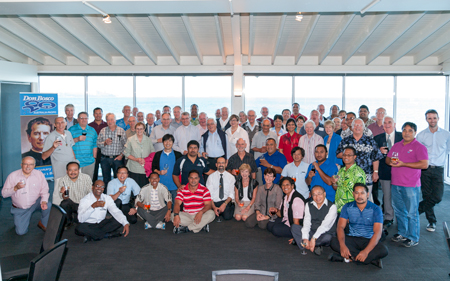
In recent years the Salesians have tried to respond to the changing needs and the circumstances of the Australian Church. Some works were closed because they were no longer viable. Others have changed the nature of their mission. Other works have been renewed to better cater for contemporary needs. A new Youth Centre was established at St Marys in 1992. A new formation house opened at Clifton Hill in 2002 and a new Province Centre was established in Ascot Vale in 2004.
There are currently approximately 107 Salesian priests and brothers in Australia, Samoa, New Zealand and Fiji undertaking more than 60 different types of activities in 15 different centres.
The key issues facing the Province are ageing Salesians, an acute shortage of vocations in Australia, stretched resources, and the need to respond creatively to the changing circumstances of Church and society.
Nevertheless, the Salesian works in Australia, Samoa and Fiji are vibrant enterprises and there is a high demand for services of the Salesians. In many works Salesians are working cooperatively alongside lay partners, amongst whom there is a renewed interest in the spirit and mission of Don Bosco. In Samoa, which continues to be a rich source of vocations, local Salesians are progressively taking greater responsibility for leading the expanding number and variety of works.
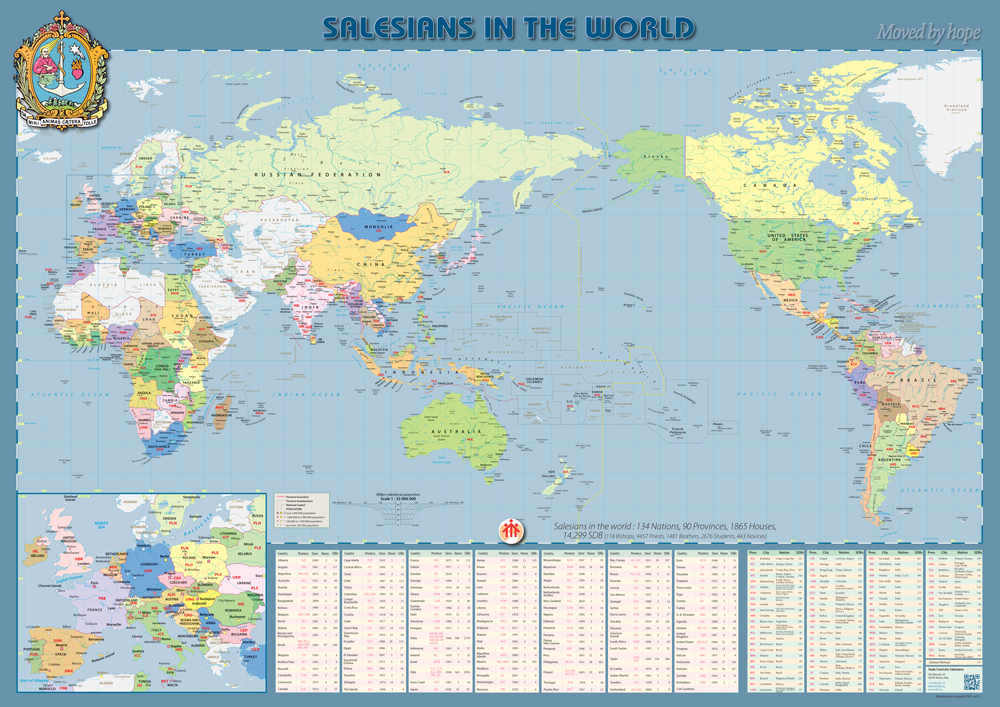
Today there are over 14,600 SDB's (Priests & Brothers) working in 133 Nations, The Salesian world is divided up into 90 Provinces and has over 1900 Communities serving local youth.
We belong to the Salesian Family which is a worldwide movement of people committed to the service of the young. Today, it consists of over 400,000 people who are part of 30 different organisations aligned to Don Bosco.